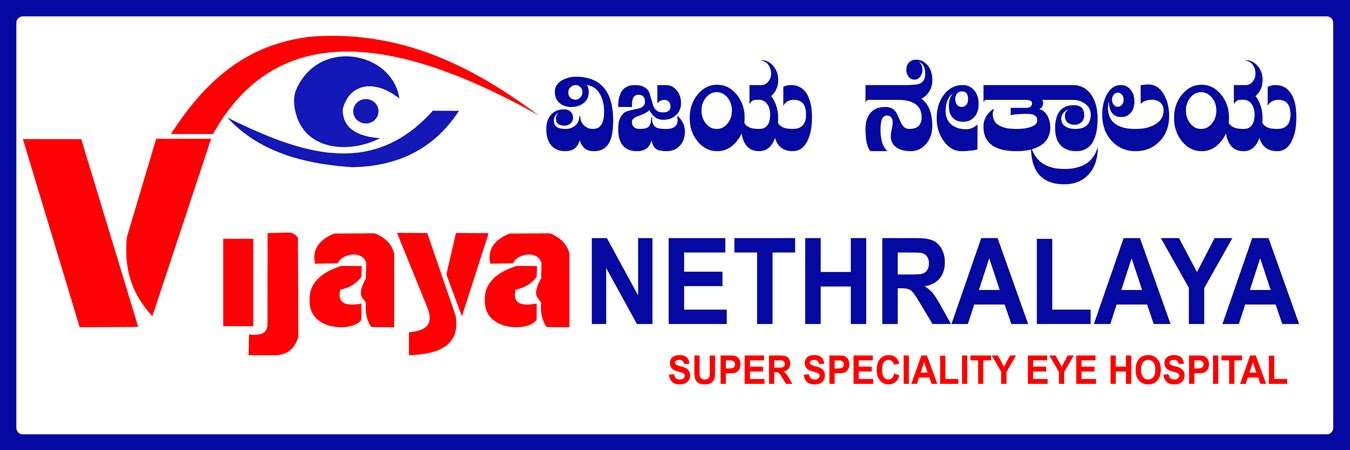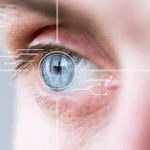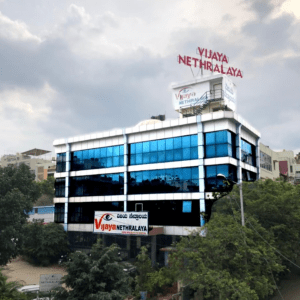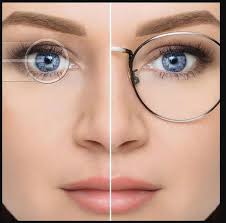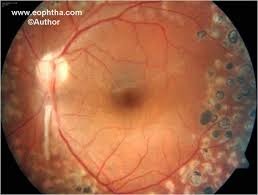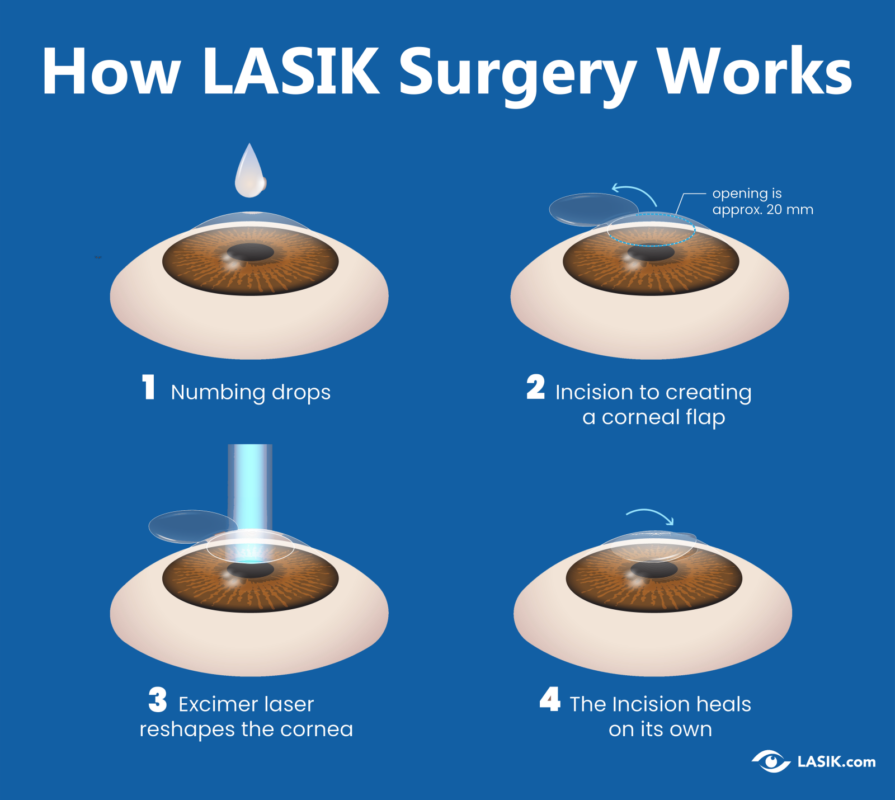LASIK (Laser-Assisted In Situ Keratomileusis) has become a household name in vision correction, offering millions the chance to ditch their glasses and contacts. This comprehensive guide delves into the intricacies of LASIK eye surgery, exploring everything from candidacy and procedure details to recovery, risks, benefits, and long-term expectations. If you’re considering LASIK, this article will provide you with the information you need to make an informed decision.
Understanding Refractive Errors and LASIK’s Role:

Before diving into LASIK, it’s crucial to understand the refractive errors it corrects.
These errors occur when the eye’s shape prevents light from focusing correctly on the retina, the light-sensitive tissue at the back of the eye. Common refractive errors include:
- Myopia (Nearsightedness): Distant objects appear blurry because the light focuses in front of the retina.
- Hyperopia (Farsightedness): Close objects appear blurry because the light focuses behind the retina.
- Astigmatism: Blurred vision at all distances due to an irregularly shaped cornea, which distorts the light entering the eye.
LASIK addresses these issues by reshaping the cornea, the clear front surface of the eye. By altering the cornea’s curvature, LASIK allows light to focus properly on the retina, resulting in clearer vision.
Are You a LASIK Candidate?
Not everyone is a suitable candidate for LASIK. Several factors determine eligibility, and a thorough eye exam by an ophthalmologist is crucial. Generally, ideal candidates:
- Are at least 18 years old: Vision often stabilizes after this age.
- Have a stable vision prescription: Significant changes in prescription within the past year may disqualify you.
- Have a healthy cornea: Conditions like keratoconus (a progressive thinning of the cornea) can preclude LASIK.
- Have no active eye disease: Cataracts, glaucoma, and macular degeneration need to be addressed before considering LASIK.
- Are in good overall health: Certain systemic conditions can affect healing and outcomes.
- Have realistic expectations: LASIK aims to reduce or eliminate the need for glasses or contacts, but perfect vision isn’t guaranteed.
The LASIK Procedure: A Step-by-Step Breakdown
LASIK surgery is an outpatient procedure, meaning you’ll go home the same day. The entire process typically takes less than 30 minutes per eye. Here’s a detailed look at the steps involved:
- Numbing: Numbing eye drops are administered to ensure comfort throughout the procedure. A mild sedative may also be given to help you relax.
- Creating the Corneal Flap: A microkeratome (a mechanical blade) or a femtosecond laser creates a thin, circular flap on the cornea’s surface. The femtosecond laser offers greater precision and is often preferred.
- Reshaping the Cornea: The flap is gently lifted, and an excimer laser, guided by a computer, precisely reshapes the underlying corneal tissue based on your specific prescription. This is the core of the LASIK procedure, correcting the refractive error.
- Replacing the Flap: The corneal flap is carefully repositioned back into its original place. It adheres naturally without the need for stitches.
- Post-Operative Care: Protective shields are placed over your eyes, and you’ll receive detailed instructions for post-operative care, including prescribed eye drops.
Benefits of LASIK: A Life-Changing Procedure?
For many, LASIK offers significant improvements in quality of life. The potential benefits include:
- Improved Vision: Most patients achieve 20/20 vision or better, significantly reducing or eliminating their dependence on glasses or contacts.
- Convenience: Freedom from the hassle of glasses and contacts can be liberating, especially for active individuals.
- Enhanced Self-Esteem: Many people report increased confidence and self-esteem after LASIK.
- Long-Term Correction: While vision can change over time due to aging or other factors, LASIK provides a lasting correction for most people.
Potential Risks and Complications: Understanding the Downsides
While LASIK is generally safe and effective, it’s essential to be aware of the potential risks and complications:
- Dry Eyes: This is a common side effect, usually temporary, and can be managed with lubricating eye drops.
- Glare and Halos: Some patients experience glare or halos around lights, especially at night. This usually improves over time.
- Undercorrection or Overcorrection: The laser may not perfectly correct the refractive error, requiring a retreatment in some cases.
- Infection: Although rare, eye infections are possible after any surgical procedure. Following post-operative instructions carefully minimizes this risk.
- Flap Complications: Issues with the corneal flap, such as displacement or folds, are possible but uncommon.
- Regression: Vision may regress over time, particularly for those with higher prescriptions.
- Loss of Vision: While extremely rare, vision loss is a potential complication of LASIK.
Recovery and Post-Operative Care: What to Expect
Recovery after LASIK is typically quick. Most patients experience significant vision improvement within the first few days. However, full stabilization can take several weeks or even months. Post-operative care is crucial for optimal healing and minimizing complications:
- Eye Drops: Prescribed eye drops, including antibiotics and steroids, help prevent infection and reduce inflammation.
- Protective Eye Shields: Wearing eye shields, especially at night, protects your eyes from accidental rubbing or bumping.
- Rest: Getting plenty of rest is essential for healing.
- Avoid Strenuous Activities: Refrain from strenuous activities, swimming, and contact sports for a specified period.
- Follow-Up Appointments: Regular follow-up appointments with your ophthalmologist are crucial to monitor your progress.
Choosing a LASIK Surgeon: Finding the Right Expert
Selecting a qualified and experienced LASIK surgeon is paramount for a successful outcome. Consider the following factors:
- Experience: Look for a surgeon with extensive experience in performing LASIK procedures.
- Technology: Ensure the surgeon uses advanced technology, including femtosecond lasers and wavefront-guided systems.
- Reputation: Read online reviews and testimonials from previous patients.
- Consultation: Schedule a consultation with the surgeon to discuss your candidacy and address any concerns.
LASIK Alternatives: Exploring Other Vision Correction Options
LASIK isn’t the only option for vision correction. Other procedures include:
- PRK (Photorefractive Keratectomy): Similar to LASIK but without creating a corneal flap. May be preferred for patients with thinner corneas.
- LASEK (Laser-Assisted Subepithelial Keratomileusis): Another surface ablation procedure similar to PRK.
- SMILE (Small Incision Lenticule Extraction): A minimally invasive procedure that removes a small lenticule of corneal tissue to correct vision.
- ICL (Implantable Collamer Lens): A lens implanted inside the eye to correct vision. A good option for patients who are not candidates for LASIK or PRK.
Long-Term Outlook and Expectations: What to Anticipate
While LASIK can provide long-lasting vision correction, it’s important to have realistic expectations. Vision can change over time due to aging or other factors. Some patients may require enhancements or touch-up procedures in the future. Regular eye exams are crucial to monitor your vision and address any potential issues.
Author Details:
Dr. Sushruth Appajigowda holds a prominent position as a Cornea, Cataract, Glaucoma, and LASIK Surgeon in Bangalore. He serves as the chief Cataract and Refractive surgeon at Vijaya Nethralaya Eye Hospital, Nagarbhavi Bangalore. Renowned as one of the finest LASIK surgeons nationwide, he brings with him over 12+ years of experience across multiple LASIK platforms, including ZEISS, ALCON, SCHWIND, AMO, and Bausch and Lomb. Having successfully conducted over 5000 LASIK procedures, Dr. Sushruth holds the title of a Certified Refractive Surgeon and a Fellow of the All India Collegium Of Ophthalmology. Furthermore, he stands as a distinguished speaker at various National and International Forums, using his expertise to guide you in selecting the most suitable procedure based on your health requirements.
Dr sushruth Appaji gowda
http://vijayanethralaya.com/link-in-bio/
Conclusion: Making an Informed Decision About LASIK
LASIK eye surgery can be a life-changing procedure, offering freedom from glasses and contacts for many individuals. However, it’s essential to be a suitable candidate, understand the risks and benefits, and have realistic expectations. By carefully researching LASIK, consulting with a qualified ophthalmologist, and considering all available options, you can make an informed decision about whether LASIK is right for you. This comprehensive guide has provided you with the information you need to begin your journey towards clearer vision. Remember to always consult with your eye doctor for personalized advice and treatment. Sources and related content
